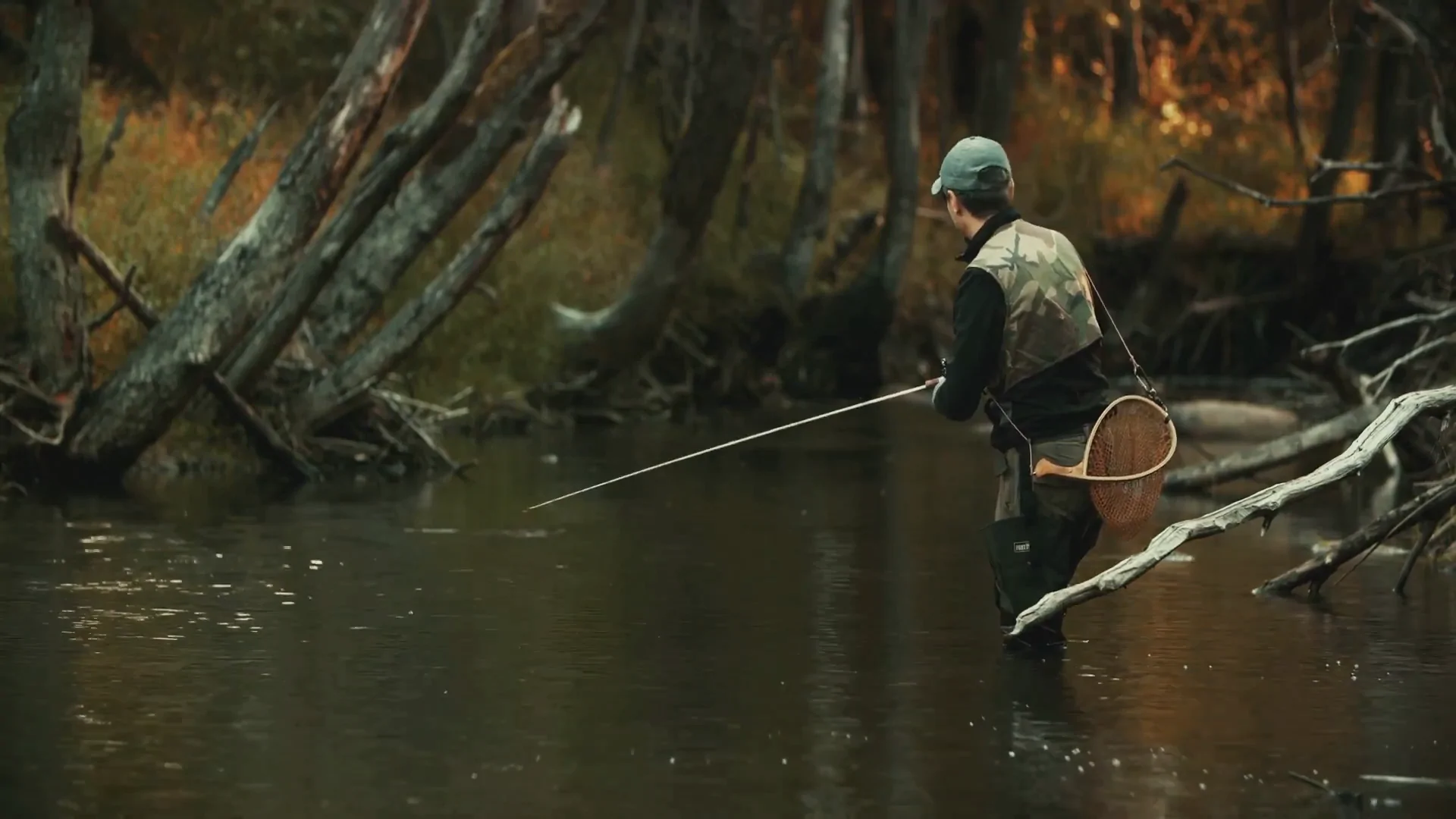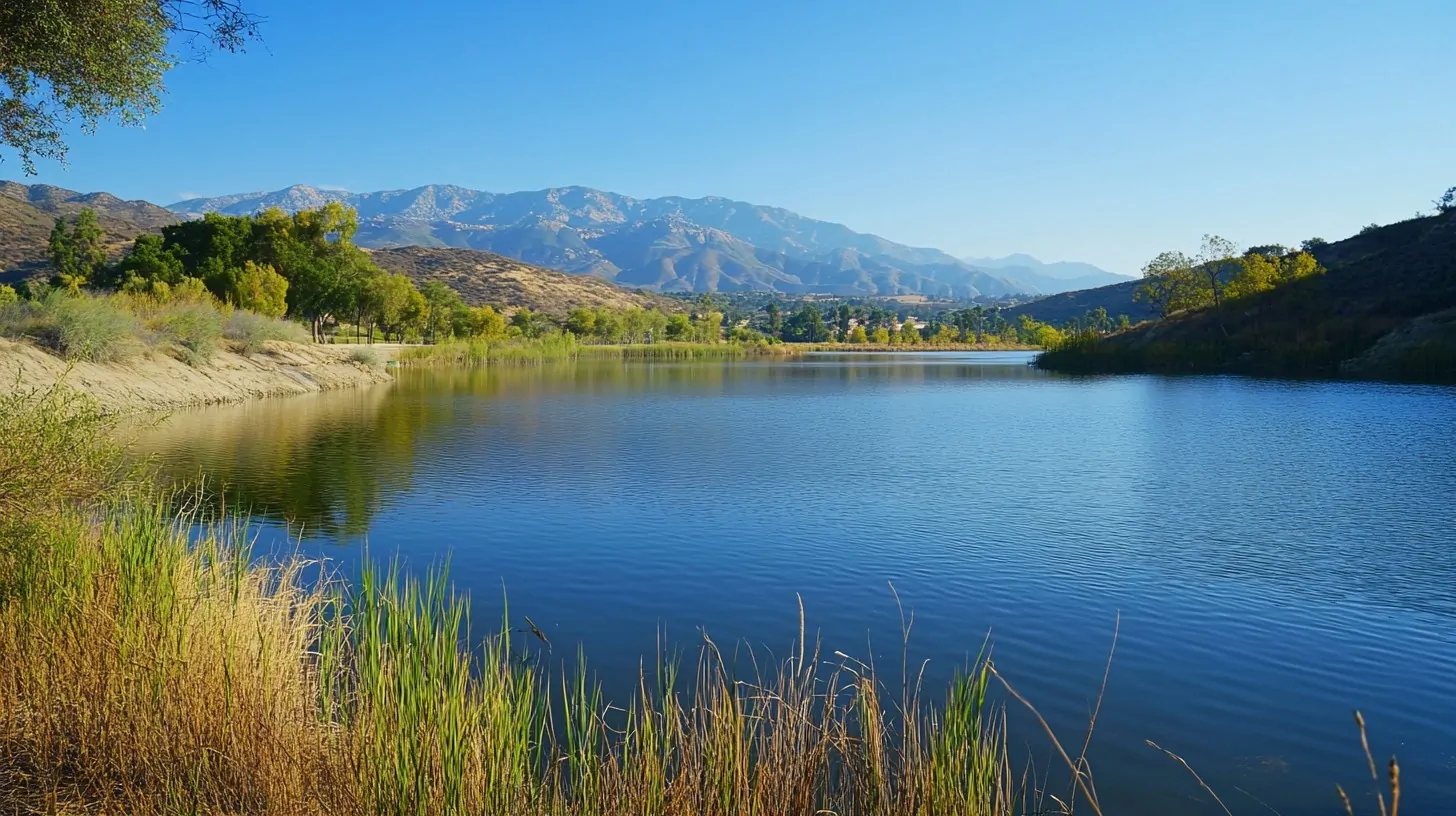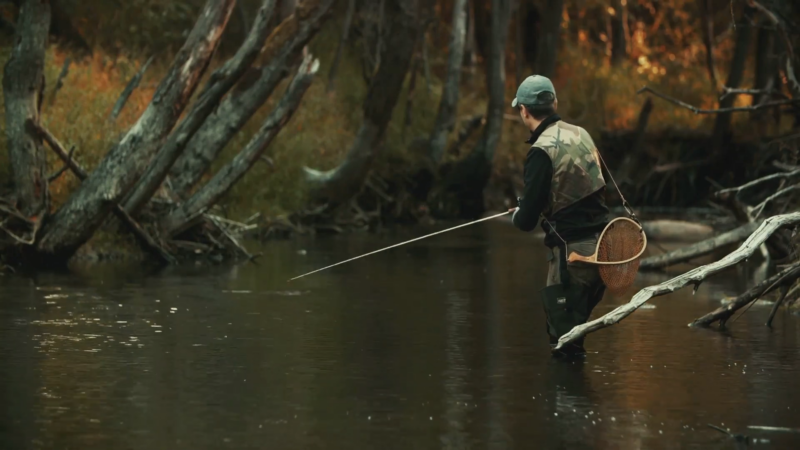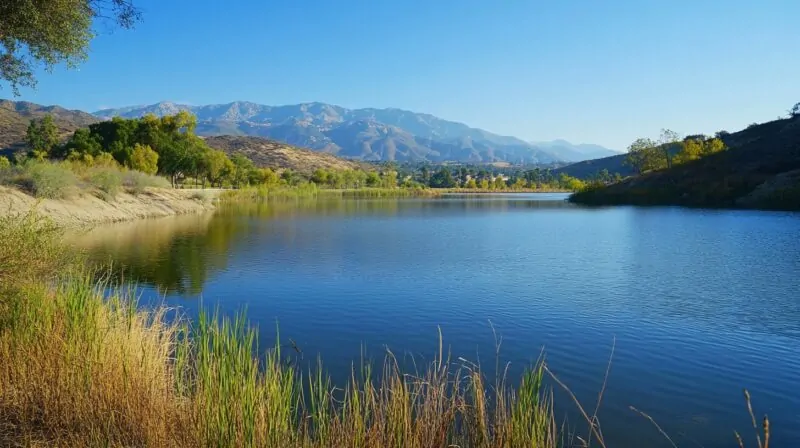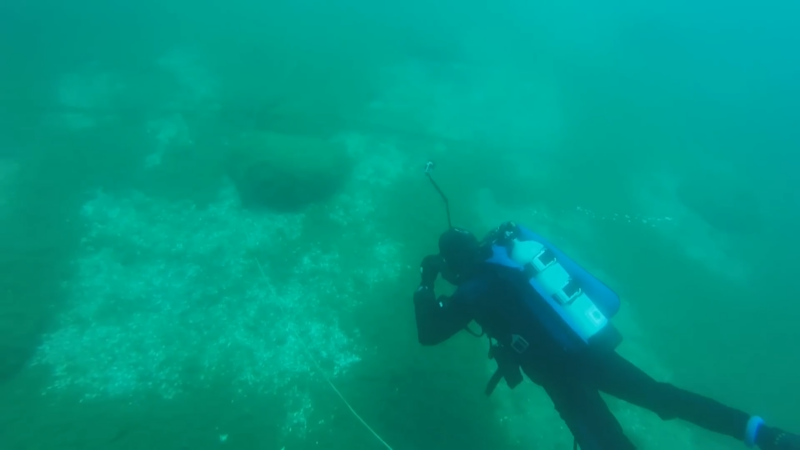
Share Post:
Lake Michigan’s underwater Stonehenge was unearthed by Mark Holley, a professor specializing in underwater archaeology.
This ancient structural marvel consists of a circle of granite stones, each meticulously arranged and thought to be around 9,000 years old.
People often associate it with Stonehenge due to its intriguing circular layout and the mysterious purpose behind its construction.
The stones contain engravings, including a carving believed to depict a mastodon, an animal that roamed the Earth over 10,000 years ago.
The enigma surrounding this site deepens as experts speculate about the builders and their intentions. Who created this formation and why?
These questions remain unanswered, fueling further exploration and curiosity.
Table of Contents
ToggleWho Found It And When?
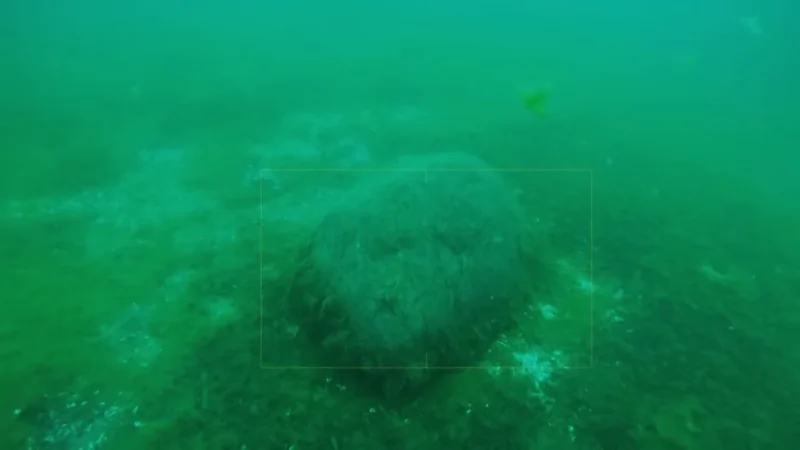
In 2007, a significant archaeological discovery happened by chance in the depths of Lake Michigan.
This occurred thanks to a team of underwater archaeologists led by Mark Holley, a well-regarded professor at Northwestern Michigan College.
Holley, with 20 years of experience exploring underwater sites in the Great Lakes, was on a routine survey of the lake bed near Traverse City.
During this expedition, the team was primarily searching for shipwrecks and other submerged artifacts.
At approximately 40 feet beneath the lake’s surface, they unexpectedly encountered a series of large stones arranged in a circular formation.
This discovery came as a surprise to Holley and his team, who initially did not realize the significance of what they had found.
Mark Holley’s extensive background in underwater archaeology and his focus on the Great Lakes region provided a solid foundation for analyzing such a discovery.
The encounter with the ancient stone structure added a new dimension to the understanding of prehistoric human activity in the area.
Material
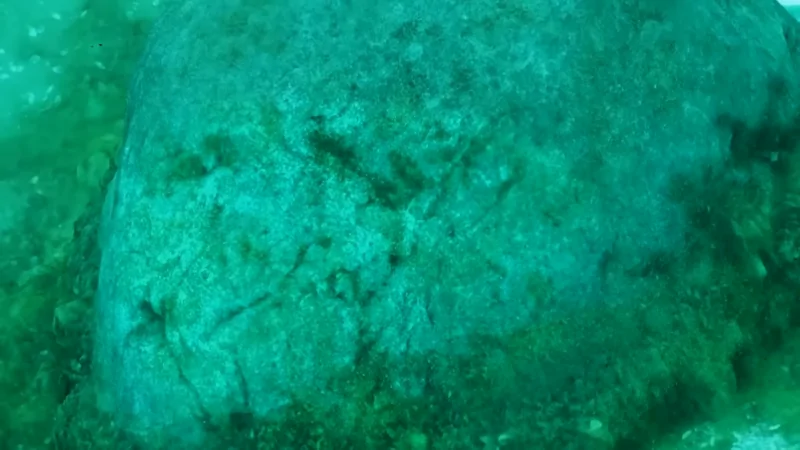
The stones are arranged in a circular pattern, with a diameter of about 40 feet. An inner circle, 20 feet in diameter, is positioned within the larger circle.
Each stone is made of locally sourced granite and some weigh as much as 3,000 pounds.
The placement of these stones suggests intentional arrangement by humans around 10,000 years ago.
The significant weight and specific placement underline the effort and coordination likely involved in constructing this ancient site.
Granite, being a durable and locally available material, was chosen for these stone arrangements, contributing to their lasting presence in the lake. ,
Referred to as a mini-Stonehenge, this ancient structure offers a glimpse into prehistoric craftsmanship and societal organization.
Why Is This Called Lake Michigan’s Stonehenge?
View this post on Instagram
A post shared by Dr. Harini Bhat (PharmD) | Science Storyteller (@tilscience)
The stones at Lake Michigan’s site bear a resemblance in arrangement and design to the famous Stonehenge monument in England.
While the stones at this underwater location are considerably smaller, they share similar shapes and are also arranged in a circular pattern.
Stonehenge, known for its massive stones, was erected between 3000 BC and 2000 BC.
The visual and structural similarities have led to the underwater site being dubbed “Lake Michigan’s Stonehenge,” even though the stones there are significantly smaller.
It Has Old Carvings
The stones at the Lake Michigan site feature carvings of various images, including those of mastodons.
Mastodons, which went extinct at the end of the Pleistocene epoch, were proboscidean mammals similar to elephants but with distinct physical features.
These animals roamed North America, thriving on diverse plants and vegetation.
The carvings of mastodons on these stones indicate that the ancient people who constructed the structure had some familiarity with these creatures.
It is plausible that these early inhabitants not only knew about mastodons but may have also hunted them.
This carved imagery provides significant insight into the interaction between these ancient people and their environment.
Mysteries About This Site
A 9000 year-old Stonehenge-like structure found under lake Michigan :
Archaeologists found something much more fascinating than they got credit for when searching under the waters of Lake Michigan for shipwrecks: they uncovered a rock with a prehistoric carving of a mastodon, as… pic.twitter.com/I8z0SyIIuN
— Archaeo – Histories (@archeohistories) January 14, 2025
One of the most intriguing aspects of this ancient site is the enigma of how the stones were transported to their current location. The presence of mastodon bones near the stone arrangement implies that humans, potentially hunting these creatures, might have moved the stones.
Positioned 40 feet beneath Lake Michigan’s surface, these stones raise further questions about their original placement.
Archaeologists suggest that the stones were initially on the shoreline. As glaciers receded and melted, forming the Great Lakes, rising water levels could have submerged the stones. This theory points to early humans as resourceful and capable of complex tasks.
Notably, this underwater stone circle predates England’s Stonehenge, which is approximately 5,000 years old. The sophistication needed to place and align these stones challenges previous understandings of early human capabilities in the region. It opens up new possibilities about the technological and social developments of prehistoric civilizations.
Scientific Debate and Skepticism
The discovery of the stone arrangement has sparked discussions among archaeologists and geologists regarding its origins. Some experts question whether the formation is indeed man-made or the result of natural geological processes.
Geologists propose that glacial activity during the last Ice Age could have led to the placement of these stones in a seemingly deliberate pattern. As glaciers advanced and retreated, they transported and deposited rocks across vast areas, a process known as glacial till deposition, according to Atlantic glaciers.
Over time, natural forces such as water currents and sediment shifts could have further influenced the arrangement of these stones, creating formations that appear intentionally organized.
This ongoing debate highlights the complexities of interpreting underwater formations and underscores the necessity for comprehensive research to discern between human-made structures and natural geological features.
Comparative Sites Around the World
Advancements in technology have revolutionized the study of submerged archaeological sites. Researchers employ various tools and techniques to explore and analyze these underwater formations: These technologies enable archaeologists to conduct non-invasive investigations, preserving the site’s integrity while gathering crucial information.
Site
Location
Description
Believed Origin
Yonaguni Monument
Japan (Yonaguni Island)
Submerged rock formation with terraces, flat steps, and sharp angles. Appears architectural in layout.
Disputed: Possible man-made structure or natural geology
Göbekli Tepe
Turkey
Ancient land-based site (~9500 BCE) featuring massive stone pillars in circular layouts—highly symbolic and organized.
Man-made: Oldest known temple complex built by prehistoric humans
Dwarka Ruins
India (Gulf of Khambhat)
Submerged urban remains—walls, foundations, pottery—associated with ancient texts and believed to have sunk due to rising seas or tectonic activity.
Man-made: Ancient urban civilization
Bimini Road
Bahamas
Linear limestone blocks in shallow water. Often linked to Atlantis myths, but likely formed by natural fracturing and erosion.
Disputed: Natural beachrock formation or ancient structure
Technological Methods Used for Study
Indigenous Perspectives and Oral Histories
The Great Lakes region has been home to Indigenous communities, such as the Anishinaabe, for millennia. Their rich oral traditions offer valuable insights into the history and cultural significance of the area according to Sleeping Bear Tour Co.
What Is Its Purpose?
The submerged structure in Lake Michigan has intrigued archaeologists, including Mark Holley, Brian Abbot, John O’Shea, and Greg McMaster. The identity of the builders remains unknown, as does the exact purpose of the formation.
John O’Shea’s team suggests that the site challenges the belief that early North American humans lacked the skills to create such elaborate structures.
Some theories propose that it might have been a ceremonial site used by ancient hunter-gatherer societies. Another possibility is that it was intended to deter animals from approaching certain areas. Research continues through underwater excavations and detailed mapping, aiming to uncover more insights about this mysterious site.
Bottom Line
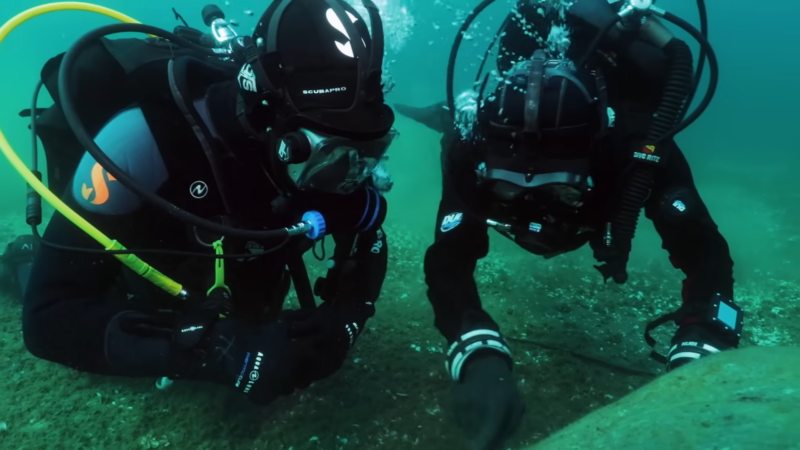
The ancient “Stonehenge-like” structure at the bottom of Lake Michigan offers a captivating glimpse into early human history. Positioned 40 feet beneath the lake’s surface, these formations are believed to be roughly 9,000 to 10,000 years old.
This time period dates back thousands of years before the well-known Stonehenge in England. The submerged circles of stones prompt intriguing questions: who built them, why were they organized this way, and how did they end up underwater?
Researchers are continually investigating these queries, hoping to reveal more about this enigmatic site. The discovery challenges our previous notions about the capabilities of early human societies, suggesting they were more advanced than often assumed. It also encourages us to explore the hidden wonders and secrets of our planet’s ancient past more deeply.
The mysteries of Lake Michigan’s underwater Stonehenge are captivating, but they’re just one example of the surprising discoveries in the area. Check out our list of the weirdest things pulled out of Lake Michigan for more fascinating finds.
Related Posts:



